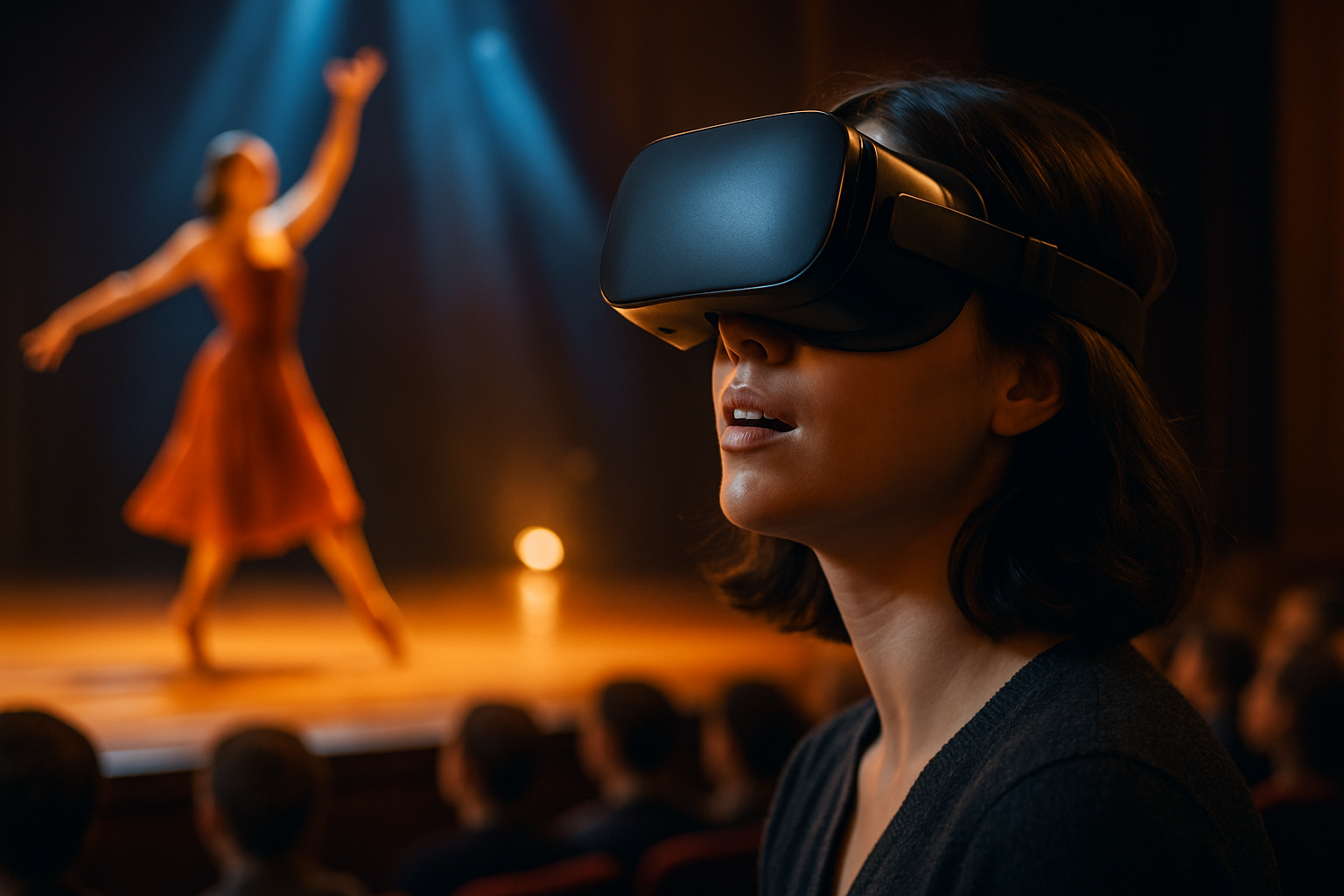Holographic Fusion: The Next Frontier in Live Performance
In the ever-evolving landscape of live entertainment, a revolutionary technology is poised to redefine the boundaries between reality and illusion. Holographic fusion, a cutting-edge blend of advanced projection techniques and interactive elements, is emerging as the next frontier in live performance. This groundbreaking approach promises to transform concerts, theater productions, and even sporting events into immersive spectacles that blur the lines between the physical and digital realms. As audiences crave increasingly engaging experiences, holographic fusion stands at the forefront of innovation, offering a glimpse into the future of entertainment.

Beyond Static Holograms
While traditional holograms have been used in entertainment for decades, holographic fusion takes the concept to new heights. Unlike static projections, this technology allows for dynamic interaction between performers and digital elements. Imagine a concert where the lead singer duets with a life-sized projection of a legendary artist from the past, or a theater production where actors seamlessly transition between physical and digital forms. The possibilities are limitless, and creators are only beginning to scratch the surface of what’s possible with this technology.
The Technical Marvel Behind the Magic
At the heart of holographic fusion lies a complex network of cutting-edge hardware and software. Ultra-high-definition projectors, often utilizing laser technology, work in tandem with sophisticated motion tracking systems to create the illusion of three-dimensional objects in space. Advanced algorithms process vast amounts of data in real-time, ensuring that digital elements respond instantaneously to the movements of live performers. This intricate dance of light and computation creates a seamless blend of the physical and virtual worlds, captivating audiences in ways never before possible.
Transforming the Live Entertainment Landscape
The impact of holographic fusion on the entertainment industry cannot be overstated. Concert promoters are exploring ways to incorporate the technology into stadium shows, promising fans an experience that transcends traditional live music. Theater producers are reimagining classic plays with digital set pieces and characters that interact with flesh-and-blood actors. Even the world of sports is taking notice, with holographic replays and virtual mascots enhancing the in-stadium experience. As the technology continues to evolve, it’s clear that holographic fusion will play a significant role in shaping the future of live entertainment.
Challenges and Ethical Considerations
While the potential of holographic fusion is immense, it’s not without its challenges. The high cost of implementation remains a significant barrier for many venues and productions. Additionally, there are ethical considerations surrounding the use of digital likenesses, particularly when it comes to recreating deceased performers. As the technology becomes more widespread, industry leaders and policymakers will need to grapple with questions of consent, ownership, and the preservation of artistic integrity in this new digital frontier.
The Future of Holographic Fusion
As holographic fusion technology continues to advance, its applications are expected to extend far beyond the realm of entertainment. Educational institutions are exploring its potential for immersive learning experiences, while medical professionals are considering its use in training and surgical planning. The technology also holds promise for remote collaboration, potentially revolutionizing fields such as architecture and product design. As costs decrease and accessibility improves, holographic fusion may soon become a ubiquitous part of our daily lives, transforming the way we interact with digital content and each other.





